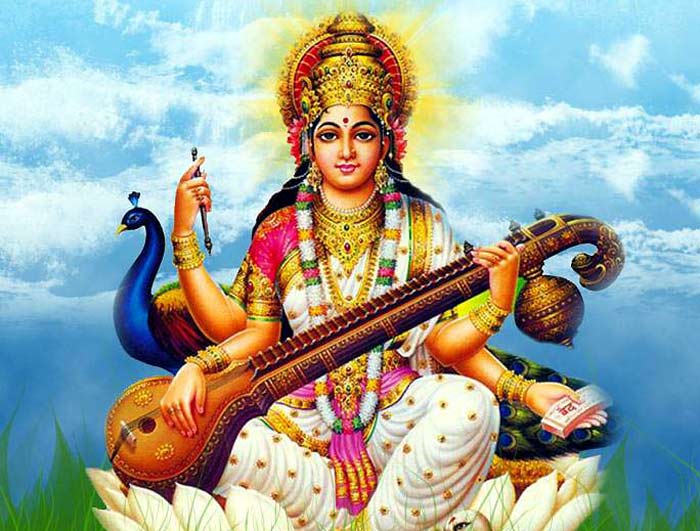

7.2.2 Saraswati Puja in North, West and Central India.7.2.1 Saraswati Puja in East and Northeast India.Without proper rendering support, you may see question marks or boxes, misplaced vowels or missing conjuncts instead of Indic text. The goddess is also revered by believers of the Jain religion of west and central India, as well as some Buddhist sects. Some Hindus celebrate the festival of Vasant Panchami (the fifth day of spring, and also known as Saraswati Puja and Saraswati Jayanti in so many parts of India) in her honour, and mark the day by helping young children learn how to write the letters of the alphabet on that day. Each of these items have symbolic meaning in Hinduism. She is generally shown to have four arms, holding a book, a rosary, a water pot and a musical instrument called Veena. She has remained significant as a goddess from the Vedic period through modern times of Hindu traditions. The earliest known mention of Saraswati as a goddess is in the Rigveda. She is a part of the tridevi of Saraswati, along with Lakshmi and Parvati.

Sarasvati is likewise loved as the goddess of learning in Jainism and by some Buddhist groups.Saraswati ( Sanskrit: सरस्वती, IAST: Sarasvatī) is the Hindu goddess of knowledge, music, art, speech, wisdom, and learning. She is additionally a supporter of artistic expression and sciences, and the spouse of Brahma, regardless of whether the Bengal Vaisnavas thought of her as first the wife of Vishnu. Saraswati first shows up in the Rigveda and, in later strict texts, she is distinguished as the innovator of Sanskrit and, properly, provides Ganesha with the gifts of pen and inks. She is otherwise called Bharati (expert articulation), Shatarupa (presence), Vedamata (‘mother of the Vedas’), Brahmi, Sarada, Vagisvari, and Putkari. Saraswati (likewise Sarasvati) is the Hindu goddess of learning, insight, music, and style. Maa God saraswati image pics photo pictures dp download


 0 kommentar(er)
0 kommentar(er)
